
If you want to know who Australia's largest construction companies are, check out our list of Australia's Largest Construction Companies.

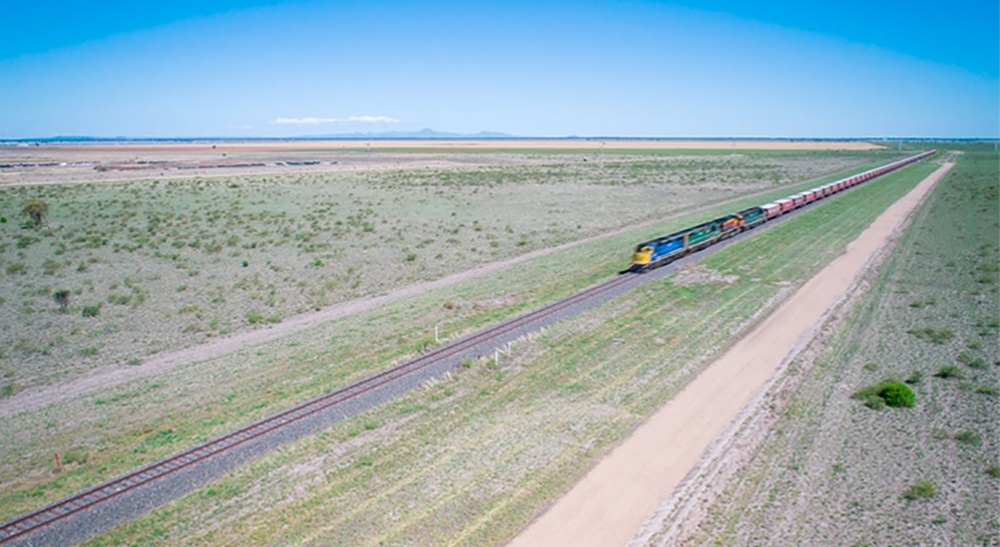
The Melbourne to Brisbane Inland Rail is being flagged by the Government as a strategic investment that will;
Currently, the Melbourne to Brisbane Inland Rail has been divided into 13 projects across Victoria, New South Wales and Queensland.
The first stage of the Inland Rail - Parkes to Narromine - has already been completed in a joint venture by Fulton Hogan and BMD Constructions.
The second stage - Narrabri to North Star - is in early stage works with a contract awarded to the John Holland and SEE Civil joint venture - Trans4m Rail.
Read more here
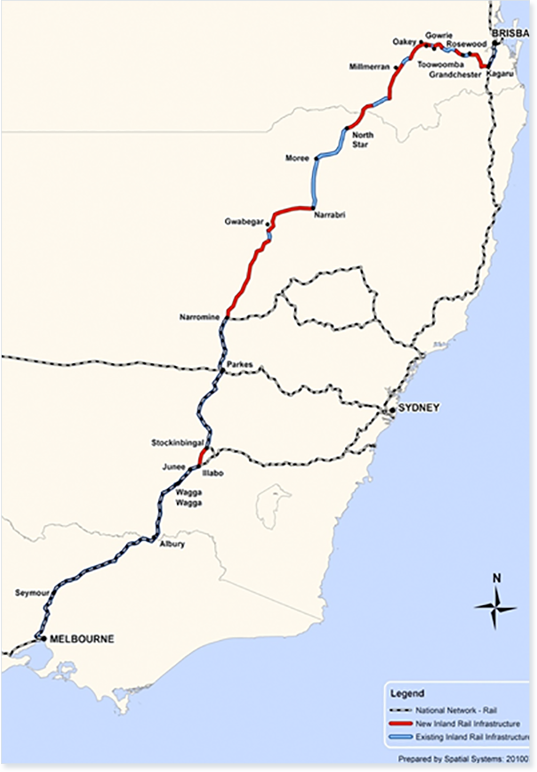
Map of the route the Melbourne to Brisbane Inland Rail will take
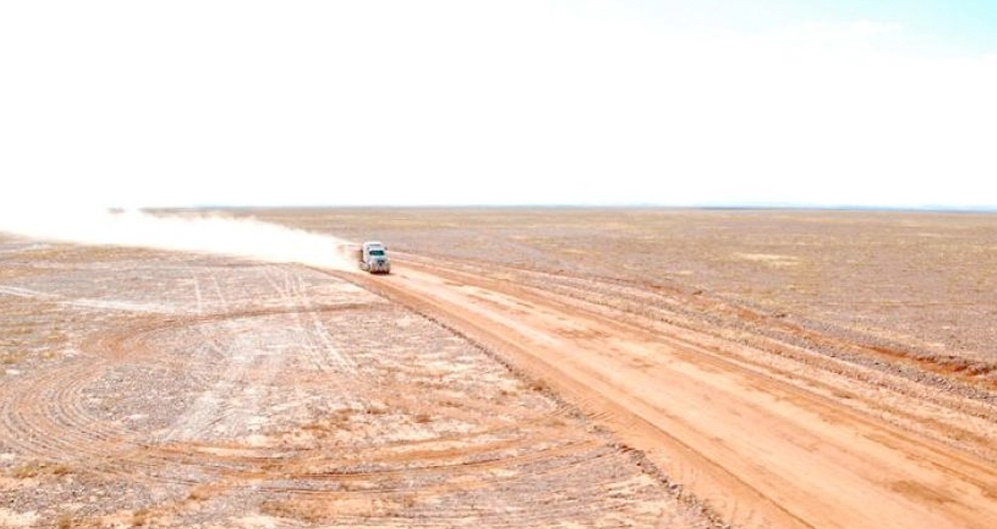
The 2,800 kilometre Outback Way links Laverton in Western Australia with Winton in Queensland via Alice Springs in the Northern Territory. $166 million has been jointly committed by Australian and State Governments to seal priority sections of the Outback Way. The major sealing project started in September 2020 and is scheduled for completion in May 2021.

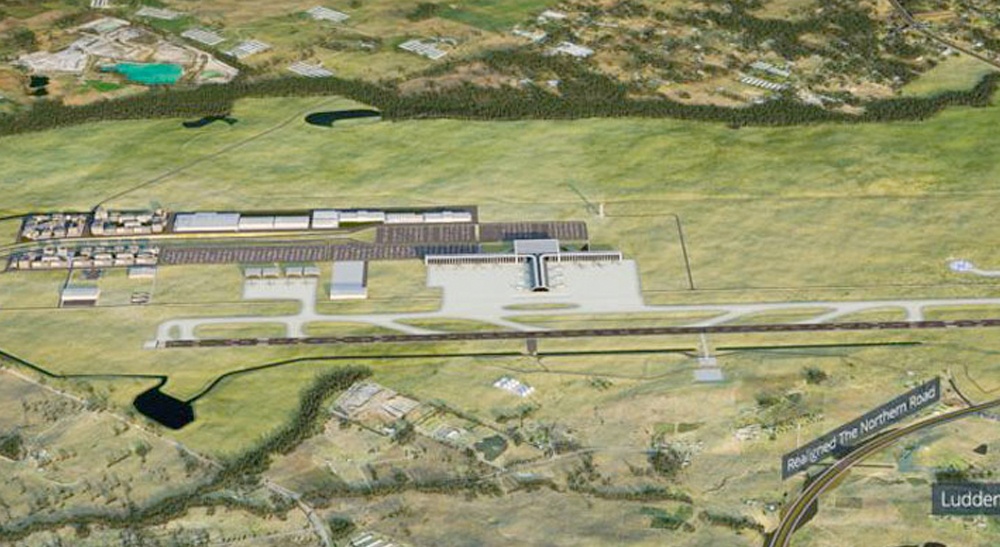
Located at Badgerys Creek in Western Sydney, the Western Sydney Airport is one of Australia's largest infrastructure projects. The airport is due to open in 2026 and is expected to support 28,000 direct and indirect jobs by 2031.
Sydney's $5.3 billion international airport is set for construction by the end of 2021 with 3 shortlisted contractors announced for the upcoming project.
Shortlisted contractors who tendered for the construction of the new terminal include:
Although the federal government has released new concept designs for the terminal, the design plans are still ongoing and will be finalised by mid-2021 when the winning contractor is announced. Below is a render of the Western Sydney Airport put together by the Daily Telegraph.
Read more here
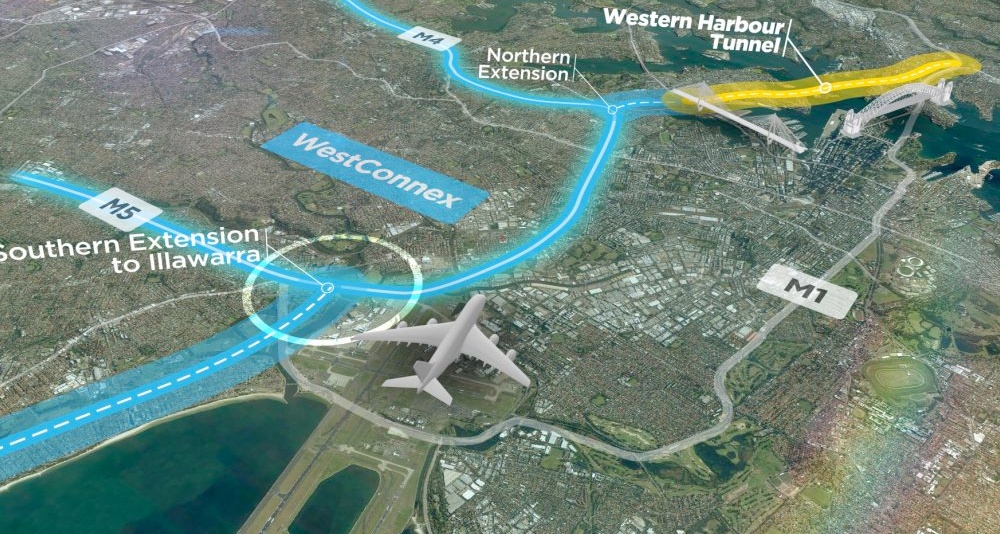
WestConnex is a 33km traffic-light-free motorway network that aims to support Sydney's booming population. WestConnex will connect Western Sydney to better employment hubs in the city along with creating 10,000 direct and indirect jobs. The $16 billion WestConnex project is almost halfway done.
The new M4 opened in 2019 which included widening up to 14km of road. The new M8 opened up in 2020 which included 9km of underground twin tunnels and the M4-M5 Link which includes 7.5km of underground twin tunnels is set for completion in 2023.
Furthermore, it is expected that WestConnex will reduce the $6 billion annual cost of congestion in Sydney. So far WestConnex has;
As part of the project WestConnex will also;
Read more here
The $12 Billion Sydney Metro mega project (formerly known as the North West Rail Link) is Australia's largest public transport project. Overall, the Sydney Metro project will deliver 31 metro stations and more than 66 kilometres of new metro rail. The Sydney Metro has been split into two stages.
Stage 1: Sydney Metro Northwest
The first stage of the Sydney Metro was a 36 kilometre underground rail network. Stage one was completed and opened in the first half of 2019 with a metro train arriving every four minutes during peak periods. Along with the rail infrastructure, the project also includes the construction of eight new metro stations, five upgraded stations and 4,000 commuter car spaces.
Stage 2: Sydney Metro City and Southwest
The second stage of the Sydney Metro will be a 30 kilometre extension of metro rail from the end of Sydney Metro Northwest to Chatswood under Sydney Harbour, through the new CBD stations and south west to Bankstown. This stage of the project is expected to be complete in 2024.
The 2020-21 NSW Budget allocated $8.3 billion over the forward estimates for Sydney Metro City and Southwest, including $2.7 billion in FY2020-21.
Read more here
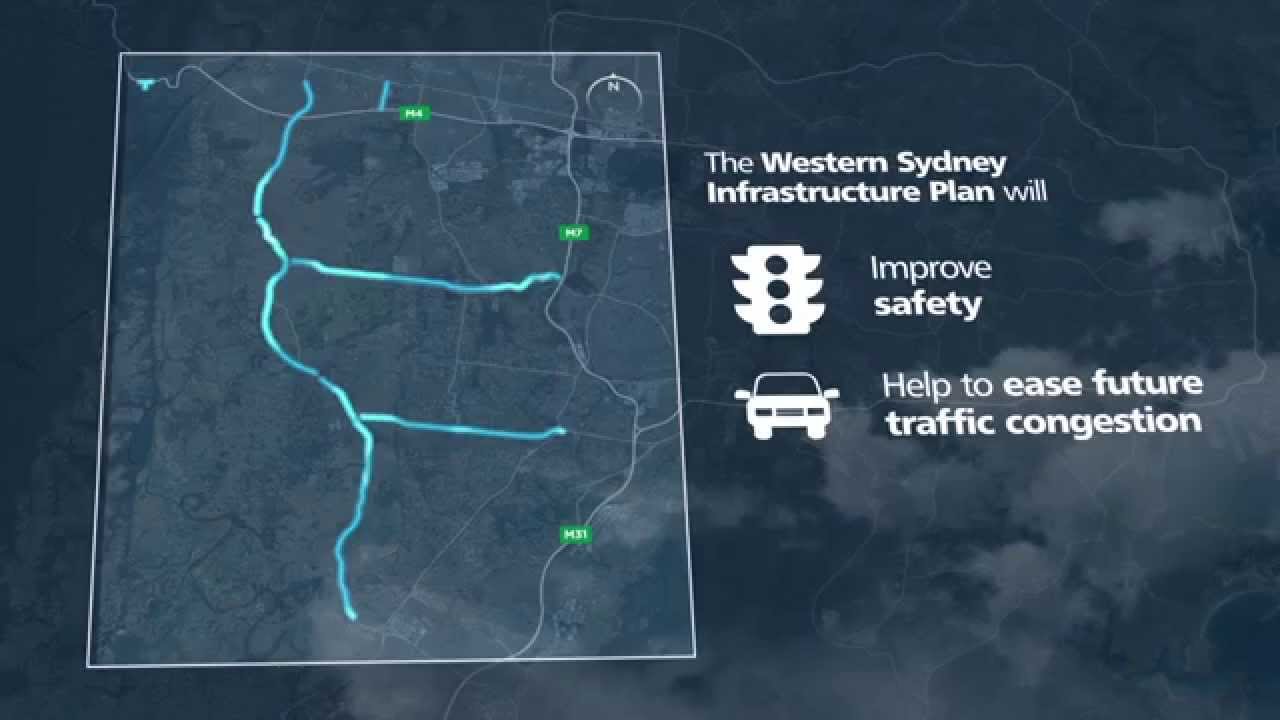
The government has committed $2.9 billion over ten years to major infrastructure projects that will aim to boost the regions economy. The Western Sydney Infrastructure Plan includes a major road and transport initiatives for the region, these include;
Read more here
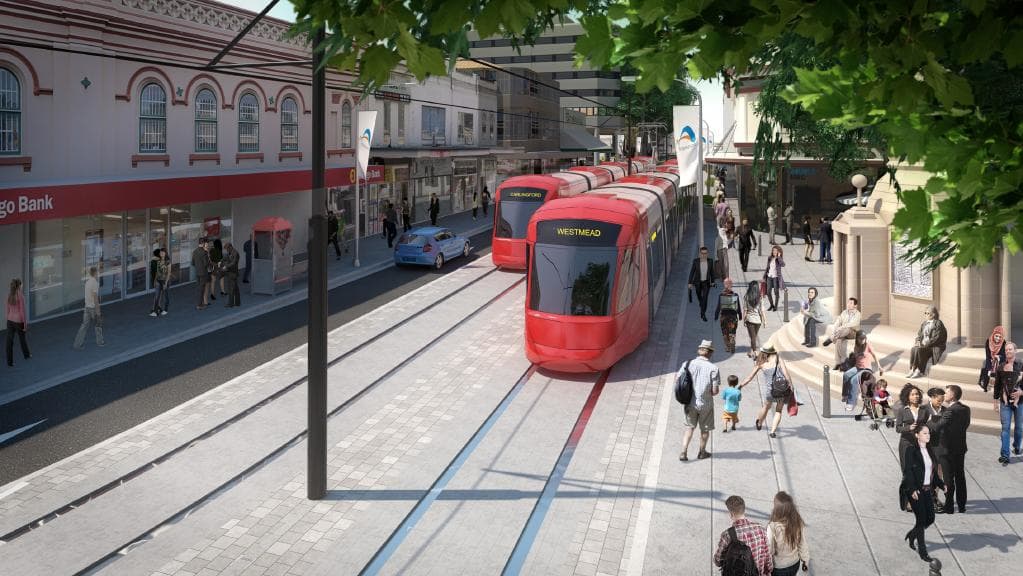
Stage 1 of the Parramatta Light Rail links Westmead to Carlingford via the Parramatta CBD and Camellia. The light rail connects some of Parramatta’s busiest regions, including, the Westmead Precinct, the new Western Sydney Stadium, the new Powerhouse Museum and three Western Sydney University campuses.
Joint venture CPB Contractors and Downer began constructing stage 1 in 2018 with the project's expected completion in 2023. Stage two of the project is still in the planning phase but will continue the light rail east of Sydney Olympic Park.
Read more here
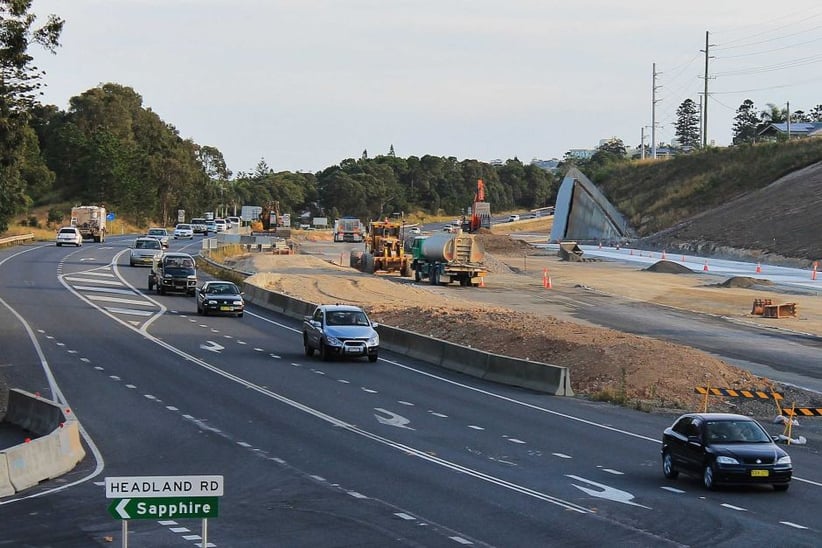
The Pacific Highway upgrade is one of Australia's largest road infrastructure projects. The highway will connect Brisbane to Sydney and includes four different projects:
Read more here
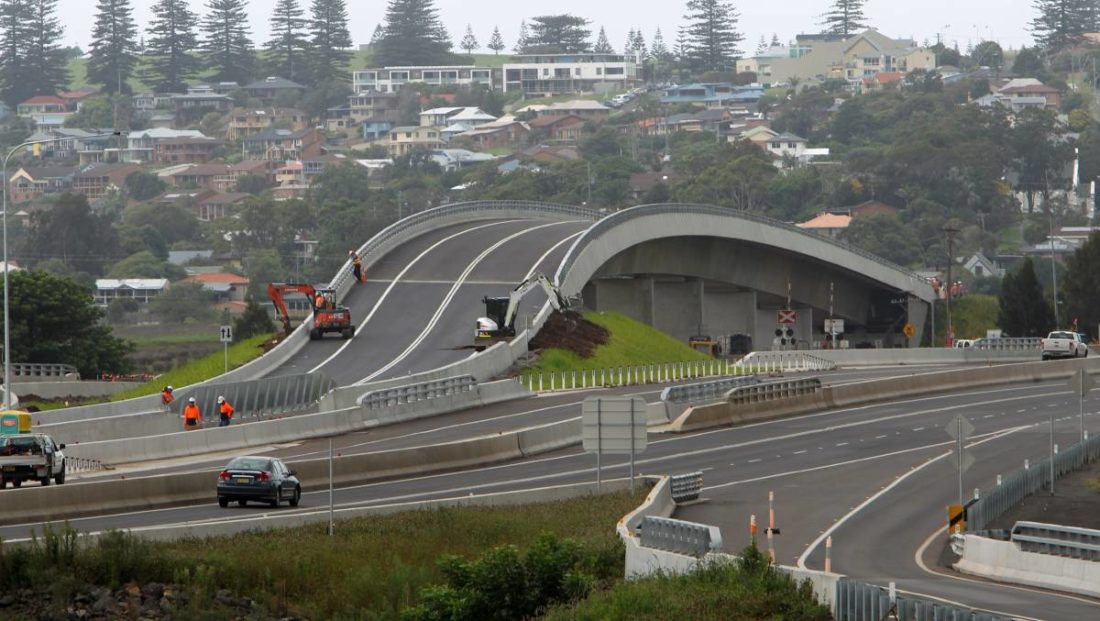
The Princes Highway Upgrade is a series of projects that will improve NSW's main route from Sydney to the Victorian border. This major upgrade has a 20 year roadmap to 2040 with plans to build a safer, more reliable and better connected network. The Princes Highway Upgrade includes the following projects:
Read more here
The duplication of the Port Botany Freight Line aims to improve the capacity and efficiency of the rail connection to Botany Port to reduce road congestion. The project includes duplicating 2.9 kilometres of new rail track and bridges between Mascot and Botany and constructing 1.65 kilometres of passing loop between Cabramatta and Warwick Far.
The shortlisted contractors for the major project include CPB Contractors, Laing O'Rourke and John Holland. Construction is expected to start in 2021/2022 with a projected completion date of 2023/2024.
Read more here
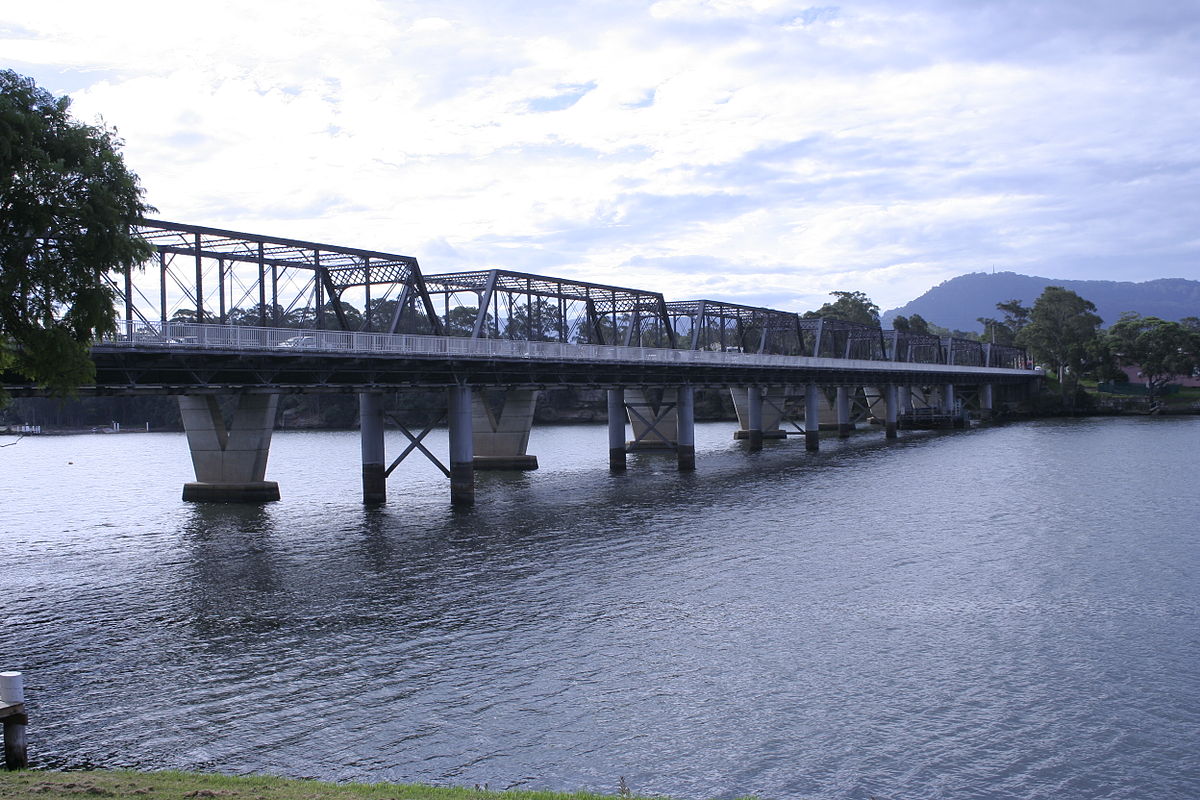
The Nowra Bridge Project is apart of the Princes Highway Upgrade to create a new four lane bridge over the Shoalhaven River at Nowra. The multi-million-dollar project is jointly funded by the NSW and Australian Governments. Once complete, around 50,000 vehicles will cross the bridge every day.
Planning is currently underway to construct a new four lane Princes Highway bridge over the Shoalhaven River at Nowra. The Federal Government will fund half of the projects total $310 million cost with the New South Wales Government chipping in the other $155 million.
On average, around 50,000 vehicles will cross the bridge every day. When the new bridge is built the current concrete bridge will be reconfigured and used for all southbound traffic. The original bridge, built in 1881, will be preserved for community use.
Major work started on the project in mid-2020 and is expected to be completed by mid-2024.

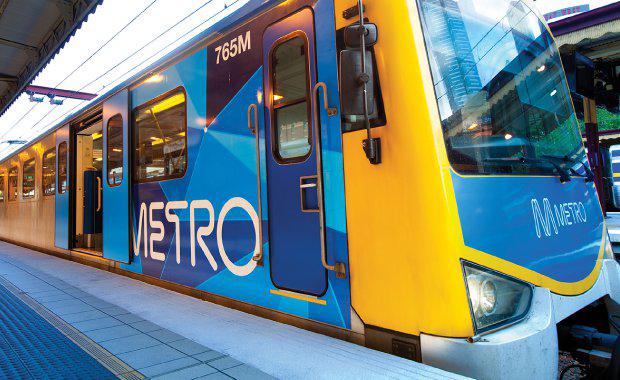
Melbourne's busiest train lines will now pass through a new tunnel under the city. The Melbourne Metro Tunnel will create a new end-to-end rail line from Sunbury in the west to Cranbourne/Pakenham in the south-east.
Construction of the Metro Tunnel includes;
In early 2020, the first leg of tunnelling from North Melbourne to Kensington was complete. The full Melbourne Metro Tunnel Project will be completed by 2025.
Read more here
The West Gate Tunnel is a four-kilometre toll road that will link the West Gate Freeway to the Port of Melbourne and CityLink. The Victorian Government partnered with Transurban to deliver the $6.8 billion project. Construction began in January 2018 and is expected to be completed in 2024.
The project will be delivered by Translink who are also contributing $4 billion in funding for the project. This will be in exchange for extending the CityLink Concession Deed for 10 years to 2045.
A joint venture between CPB Contractors and John Holland was chosen to deliver the project. At its peak, it is expected that more than 500 construction workers will be employed on the West Gate Tunnel project.
Read more here
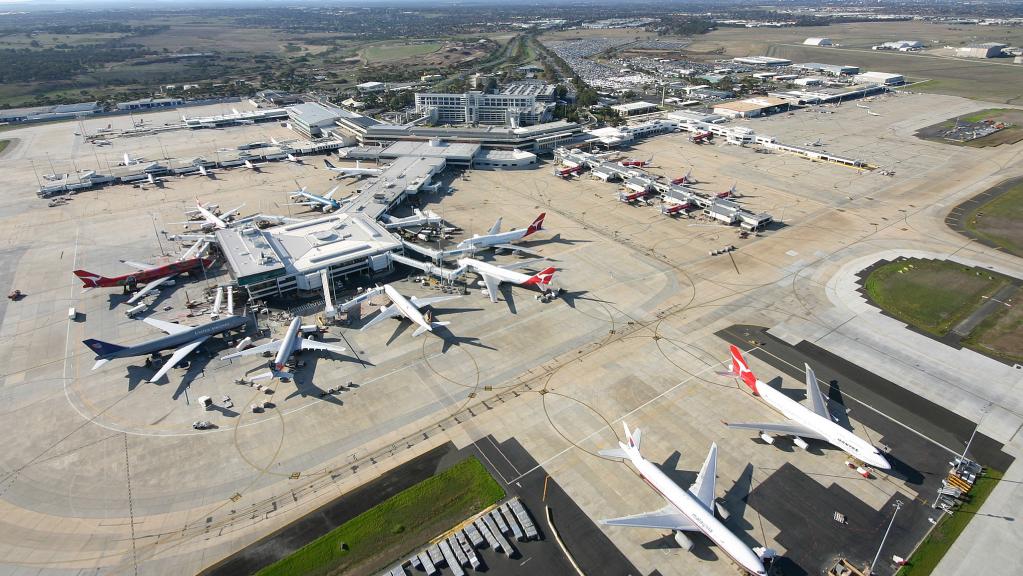
The Federal Government has committed $5 Billion to Melbourne's Airport Rail Link, which will connect Melbourne Airport in Tullamarine to Melbourne's CBD through Sunshine via a 23-kilometre link. A preliminary business case began in 2018 and was completed in mid-2020.
Once complete, the rail link will connect seamlessly into the existing regional and metropolitan network providing passengers with a 10-minute turn-up-and-go service from the Melbourne Airport into the CBD.
The Melbourne Rail Link is still in the planning and development phase with construction starting in 2022. The projected completion date is sometime in 2029.
Read more here
Works are currently underway on the $2.25 billion M80 Ring Road project which will see upgrades from the Princes Freeway to Greensborough Highway. M80 Upgrade is one of Melbourne's busiest and largest freeways spanning 38 kilometres.
The upgrades will increase the freeway's capacity and improve safety. The project will be completed in seven sections, three of which have already been completed.
The Sydney Road to Edgars Road ($233.7 million) section is currently under construction with CPB Contractors awarded the $518 million contract. Major construction began on this section in early 2020 and is expected to be completed in early 2023.
Sections:
Read more here

The North East Link Road project is aiming to fix the congestion between Melbourne's north and south-east. The project is anticipated to cut travel times by up to 30 minutes and take 15,000 trucks off local streets.
The North East Link project will deliver Victoria's longest road tunnels including three twin-land tunnels travelling for 5 kilometres beneath Bulleen Road as well as interchange upgrades at Bulleen Road, Manningham Road, Lower Plenty Road, Grimshaw Street and the M80 Ring Road.
The North East Link project will also see upgrades to the Eastern Freeway, these upgrades include;
The Doncaster Busway will also be receiving an upgrade as part of the North East Link project. This will see the construction of Melbourne's first, dedicated high speed busway, which will provide separate lanes for buses from Doncaster Park to the City.
Current works on the North East Link include moving 100 power, water, gas, sewerage and telecommunication services in preparation for major construction in 2022.
Read more here

The Monash Freeway Upgrade is a project that had been underway since 2016. The billion dollar project has been split into two stages.
Stage 1
Stage 1 included adding 30kms of extra traffic lanes as well as widening the freeway from four to five lanes between the EastLink interchange and the South Gippsland Freeway. The street of freeway between South Gippsland and Clyde Road in Berwick was also widened for two lanes to three in each direction. Construction on stage one began in September 2016 and was completed in June 2018. The $400 million project was completed by contractors Fulton Hogan 11 weeks ahead of schedule in 2018.
Stage 2
CPB Contractors commenced construction of stage two in early 2020 and is expected to be completed by 2022. Stage two includes adding 36kms of new lanes on the Monash and Princes Freeways between:
This stage of the project also includes connected Police Road to the freeway, connecting Jacksons Road directly to EastLink, extending the land-use management system from the South Gippsland Freeway to the Beaconsfield interchange. The $711 million project will also include upgrading O'shea Road to three lanes as well as extending the road to join the Beaconsfield interchange and building a shared walking and cycling path.
Once completed over the Monash Freeway will see a drastic decrease in travel times on one of the countries busiest freeways. With over 180,000 vehicles using it daily, the upgrade works will reduce congestion, help lower crash rates and connect to local communities more.
Read more here
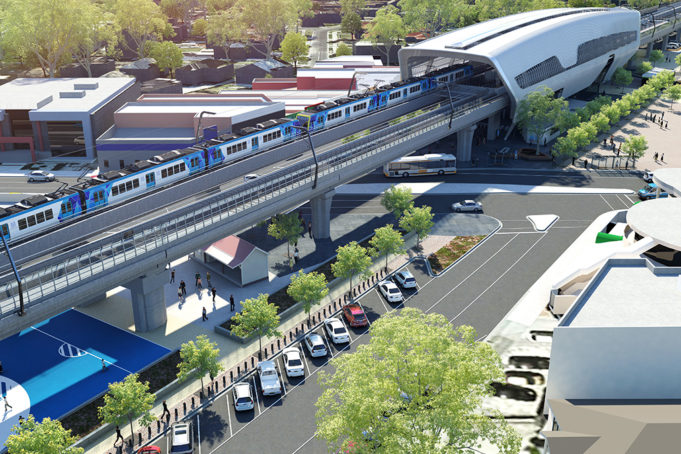
The Federal Government has committed to funding a rail project connecting Monash Universities' Caulfield and Clayton campuses. The $475 million project will significantly enhance travel options for the tens of thousands of staff and students who travel to Monash each day.
The project is aiming to support one of Victoria's largest employment hubs, the Monash Precinct is the largest employment hub outside of Melbourne's CBD.
Monash President and Vice Chancellor, Professor Margaret Gardner, has spoken about the importance of this rail line.
"Our Clayton campus can attract more than 53,000 people daily, the equivalent population of a major regional city. Fast efficient public transport links will reduce road congestion and deliver benefits to the wider innovation precinct," Professor Gardner stated.
"Reducing car use is core to Monash University's sustainability effort. We know that many who drive to campus would use public transport if more convenient options were available.
Read more here
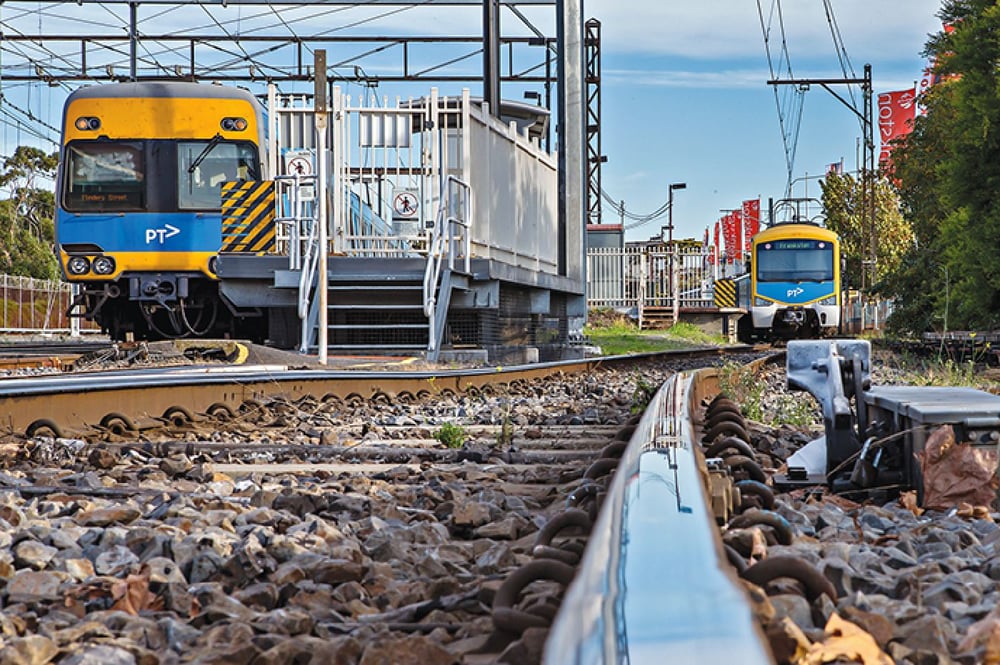
The Frankston to Baxter Rail Line will receive $225 million in funding from the Federal Government for the duplication and electrification of the line. Currently, commuters have to board a diesel train at Frankston to get to Baxter, along with this there is only one rail line.
A business case for the upgrade is currently being developed and works will begin as soon as it is completed. The business case will also plan and cost an extension of the line to a new Frankston Hospital station.
It is expected that this project will create almost 4,000 jobs which will be a significant boost to the local economy, a topic Frankston Mayor Colin Hampton spoke about.
"This $225 million is extremely welcome and will get the Frankston line on track to future-proof our region," he said.

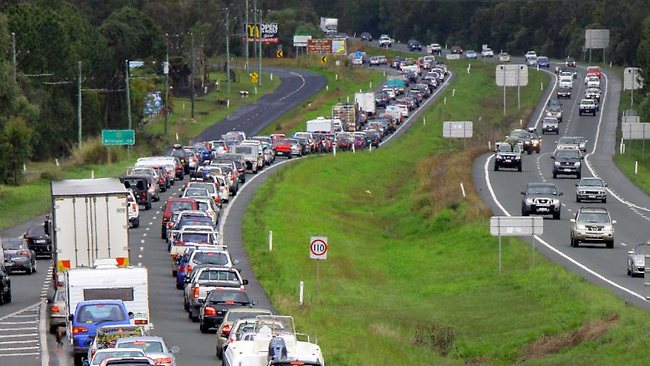
According to Queensland's Department of Transport and Main Roads, the Bruce Highway Upgrade Program is the largest road infrastructure program that Queensland has ever seen. The decade long program will improve safety, flood resilience and capacity along the Bruce Highway from Brisbane to Cairns. The $8.5 billion program will receive $6.7 billion from the Australian Government with another $1.8 billion being contributed by the Queensland Government.
The Bruce Highway runs over 1,677 kilometres from Brisbane to Cairns and is Queensland’s most significant highway. Traffic levels on the Bruce Highway range from 4,000 to 145,000 vehicles each day.
With the program now in its fifth year over 240 projects have been completed. 108 projects are currently in the design phase or under construction and another 31 projects are in the planning phase. More projects will also be added to the programs scope of works.
Click here for an overview of every project
Read more here
The shortlist for the Cross River Rail was initially scheduled to be announced in May 2017. However, according to acting Queensland Premier Jackie Trad, the process was delayed due to a conflict with the Federal Government regarding the projects funding.
"If this process had occurred in May last year it would have occurred before there was money for the project," Jackie Trad said.
89 companies initially registered expressions of interest to build the Cross River Rail. The shortlisted companies are vying for the projects' two major works packages, which are; The Tunnel, Stations and Development public-private partnership and the Rail, Integration and Systems Alliance
Pulse
CIMIC Group, Pacific Partnerships, CPB Contractors, UGL, BAM, Ghella and DIF
Qonnect
QIC, Capella Capital, Lendlease, John Holland and Bouygues
CentriQ Partnerships
Plenary Group, ACCIONA, GS Engineering & Construction, Salini Impregilo and Spotless Group
Read more here
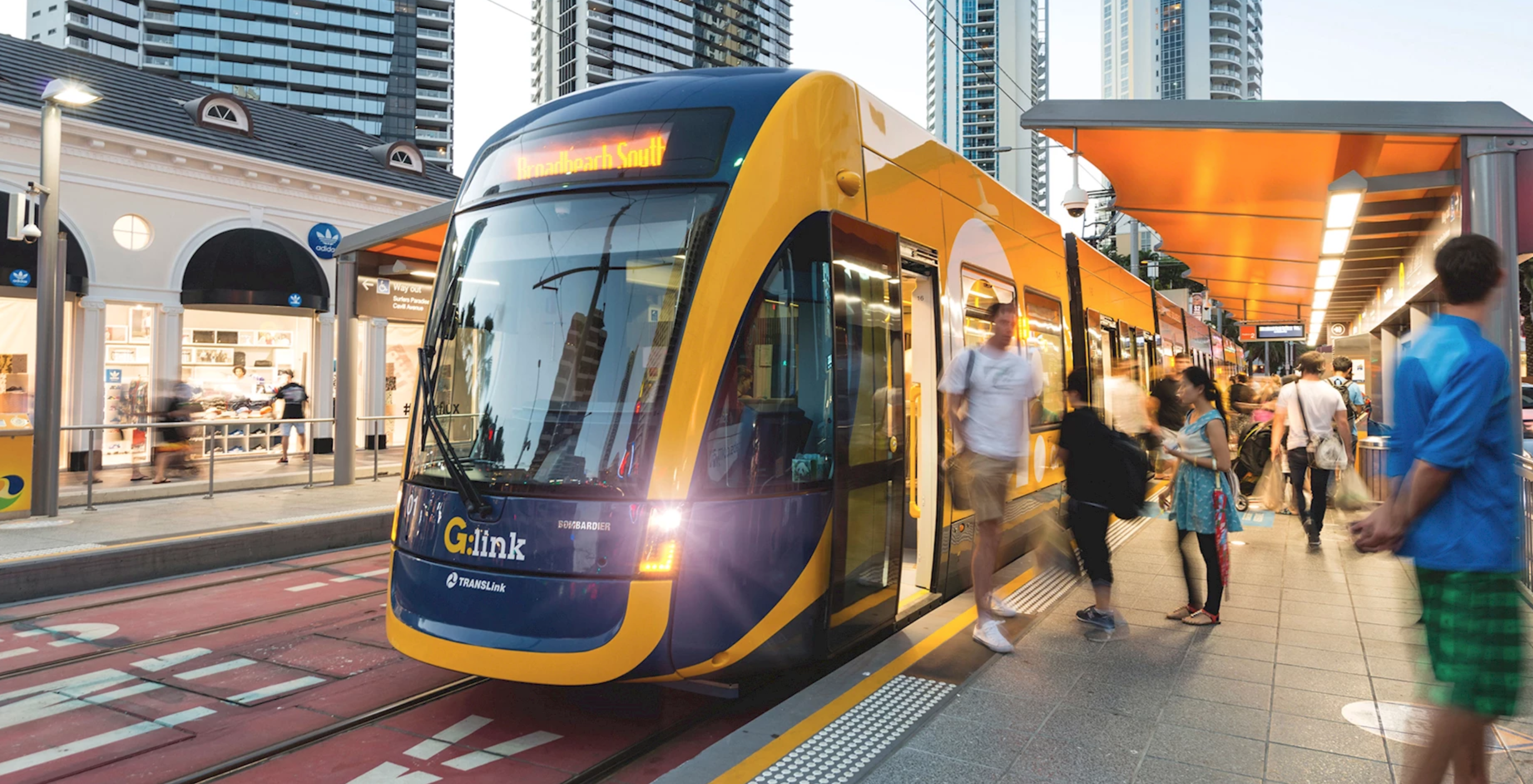
The Gold Coast Light Rail is a light rail system servicing the Gold Coast that has, over a number of years, slowing grown to be 20km long. Stage 1 of the project had an estimated cost of $1.6 billion and consisted of 13km of track being laid between the Gold Coast University Hospital and Broadbeach South with 16 stations placed along the track. Stage 1 finished in 2014 and was deemed an overall success.
Stage 2 of the Gold Coast Light Rail set to extend the light rail to the Helensvale railway station, providing a connection with the Gold Coast railway line that connects to Brisbane. The new section cost $420 million to build and included 7.3km of tracks and 3 new stations. The construction commenced in 2016 with plans to finish before the Commonwealth Games in 2018.
Stage 3A of the Gold Coast Light Rail is currently in planning stages, the project is set to cost $709 million and has had funding fast-tracked to bring the construction start date forward a year. With major construction set to start in early 2021 and finish by 2023 the project will comprise of:
Stage 3A of the Gold Coast Light Rail is currently in the planning stage, the project is set to cost $709 million and has had funding fast-tracked to bring the construction start date forward a year. With major construction set to start in early 2021 and finish by 2023 the project will comprise of:
The Gold Coast Light Rail Stage 3A will receive $157 million in new funding from the Federal Government Infrastructure Stimulus, announced in November 2019. This builds on the initial $60 million promised by the Federal Government. This funding has been made available to enable the project to start construction a year early.
In June 2011 the GoldLinq consortium comprising Bombardier Transportation, Downer EDI, Keolis, McConnell Dowell and Plenary Group was awarded the contract to build and operate the Gold Coast light rail line for 18 years under a Public-Private Partnership.
Read more here
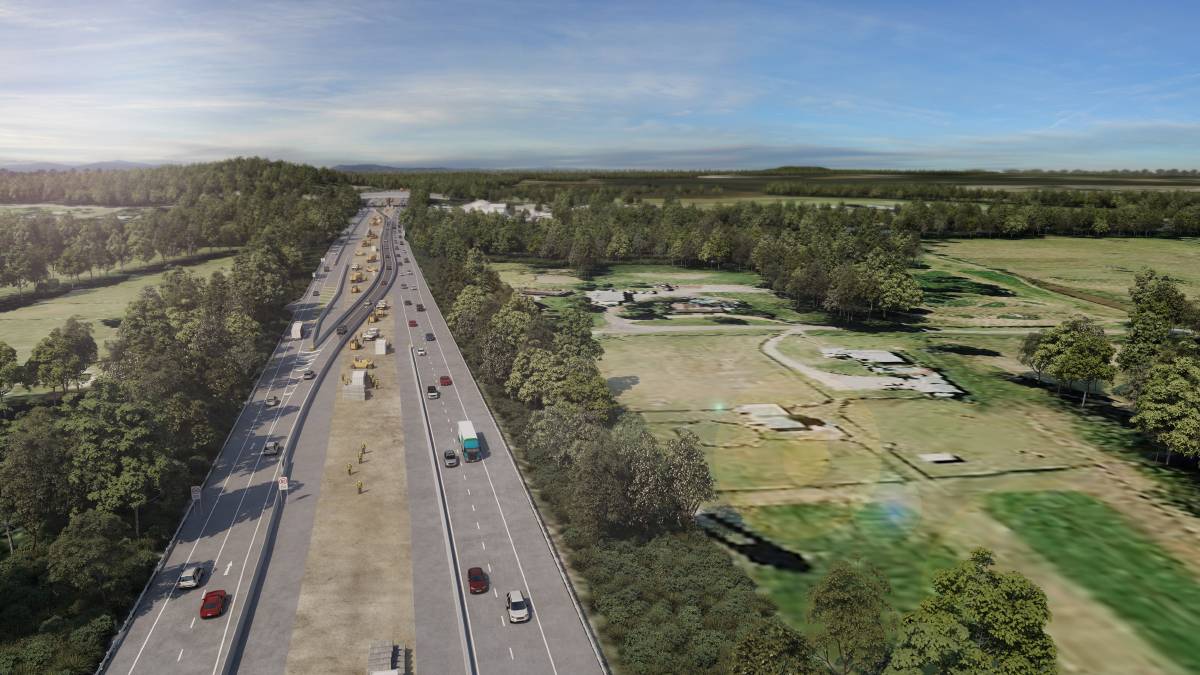
After a prolonged, public argument between the Queensland Government and Federal Government, the parties have agreed to a 50-50 split to fund the M1 Pacific Motorway Upgrade project. After years of pressure, Queensland’s Premier Annastacia Palaszczuk has committed to putting up $897 million in funding for the upgrade of the Pacific Motorway.
Annastacia Palaszczuk spoke about the decision to match the Federal Government’s funding.
“The Palaszczuk Government will invest $487.5 million, half of the total cost, between 2018 and 2022, ensuring work can start as soon as possible.”
“We know just how important these upgrades are to Queenslanders and we cannot wait any longer for this vital infrastructure work to begin.”
“The M1 is the busiest road in our state. It takes hundreds of thousands of Queenslanders to work, to school, to our incredible beaches, shops and nightlife every single day.”
Currently, there are between 50,000 and 155,000 vehicles per day using the M1 Pacific Motorway.
Read more here
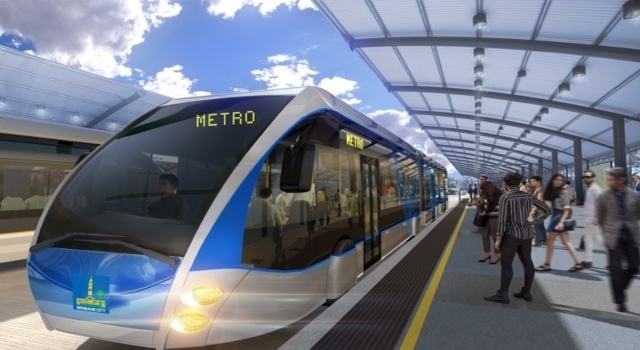
In March 2018, Brisbane Metro was identified as a High Priority Project on the nation's Infrastructure Priority List (the list governments use to guide future infrastructure investments). Currently, the Brisbane Metro is the only public transport project in Queensland listed as High Priority.
Brisbane Metro runs across 21 kilometres of existing busway by using speciality metro vehicles that can run alongside buses. Each vehicle will have a 150 person capacity.
The project will feature two new, high frequency, high capacity metro lines;
A new underground station will be constructed at the Cultural Centre.
Brisbane Metro will deliver;
Read more here
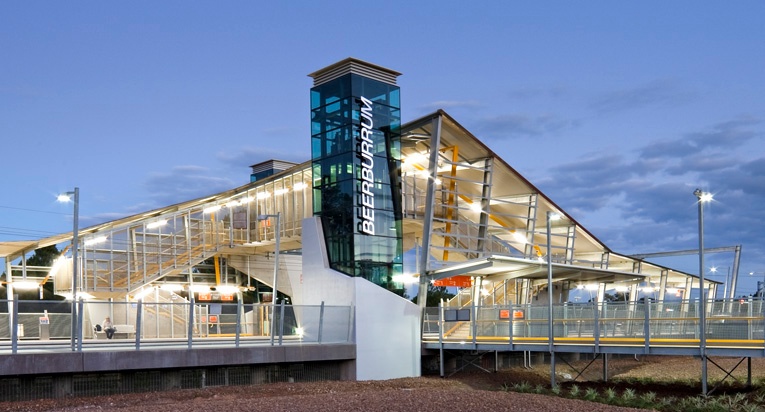
In the most recent Federal Budget, the Federal Government announced $390 million in funding for the Sunshine Rail Link. Though the project still hangs in the balance with the Queensland Government asking the Federal Government to fund 80 percent of the project.
The Queensland Government is asking the Federal Government to fund 80 percent of the project given they are not receiving any federal funding for the Cross River Rail project.
Deputy Prime Minister Michael McCormack spoke about the significance of this project.
"It’s a fantastic project not only for Queensland but for the nation."
"This is a great project because it's going to create 600 jobs in the construction."
Glasshouse MP Andrew Powell has also spoken about the significance of the project for the region.
"The 40-kilometre rail line between Beerburrum and Nambour is more than a century old, which limits rail services and causes considerable delays for the Sunshine Coast's 330,000 residents," he said.
Read more here
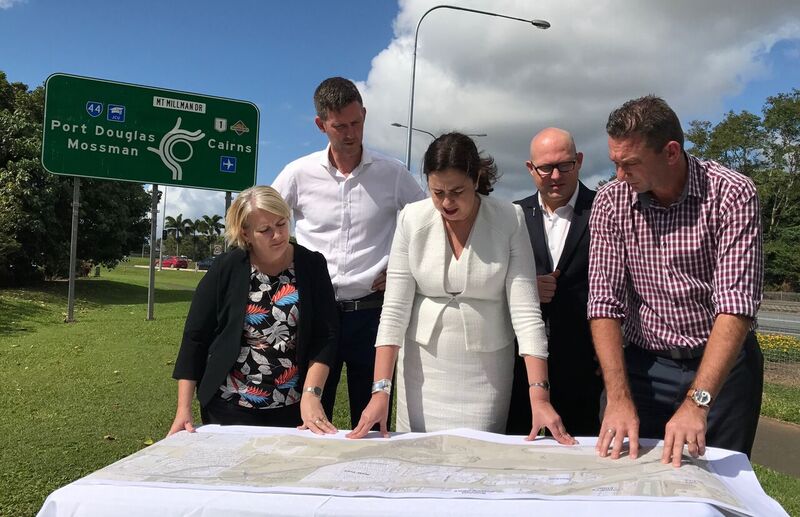
The Queensland Government has awarded a design and construction contract for the Smithfield Bypass. The contract has been awarded to a joint venture between Highway Construction and Albem Operations.
Below is an overview of what the project will deliver;
Read more here
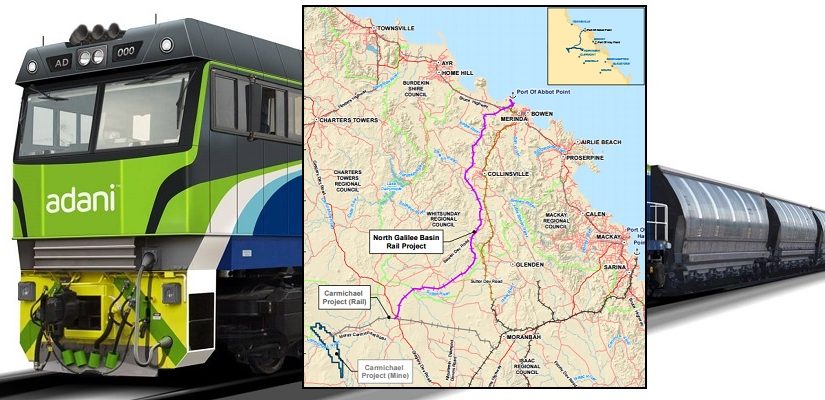
The Adani Railway line will link the Carmichael Coal mine with Abbot Point Terminal through existing rail infrastructure. The new narrow gauge rail line will be approximately 200km long and will connect to existing Aurizon owned rail lines that link to the Abbot Point Terminal. The rail line will support the export of 40 million tonnes per annum, ensuring the yearly average of 10 million tonnes is met with ease.
The $100 million contract was awarded to Martinus Rail, an Australian company based out of New South Wales. This deal comes only weeks after Malaysian engineering company, Gamuda Berhad acquired 50% ownership of the company. However, this deal is welcome news for Adani after Queensland’s major rail freight company, Aurizon, has been under shareholder pressure not to contract with Adani.
“Since receiving our approvals we have not wasted a moment. Construction on the Carmichael Coal Mine and Rail Project is well and truly underway on-site, and our big contracts are now also lined up as we ramp up activity.” - Adani Mining CEO Mr. Lucas Dow Construction on the rail is expected to start in early 2020 with pre-construction work and surveying happening up until the end of 2019.
Construction on the rail is expected to start in early 2020 with pre-construction work and surveying happening up until the end of 2019.

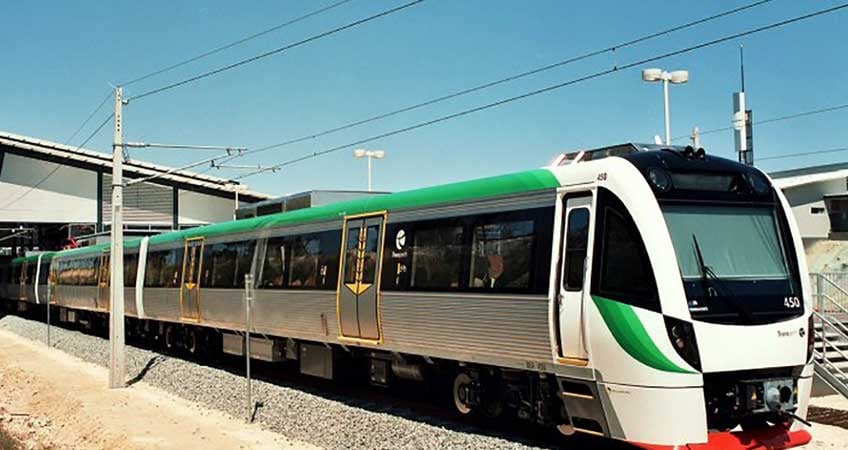
METRONET is Perth’s most ambitious program of rail projects. Stage One of METRONET will deliver an expected 72 kilometres of new passenger rail and up to 18 new stations.
Federal funding has now reached almost $2 billion for METRONET a funding decision Malcolm Turnbull has spoken about.
“The Turnbull and McGowan governments are jointly committed to delivering the next stage of the expansion of the Perth rail network through METRONET, which aims to tackle urban congestion in Perth,”
Western Australia Premier Mark McGowan has also spoken about the funding.
“We successfully secured this funding from the Commonwealth to the benefit of all West Australians. Just like we secured a major deal from Federal Labor.”
“Work will start on the rail line to Ellenbrook — we are building, just like we promised.”
Read more here
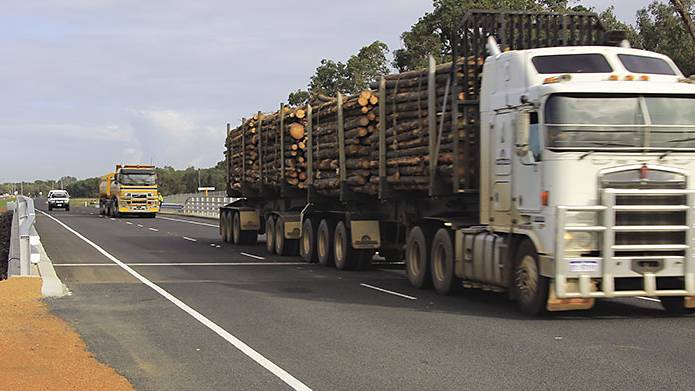
The Bunburry Outer Ring Road project has been divided into three sections; northern, central and southern.
Below is an outline of each section;
In the Federal Government’s 2018 Budget they allocated $560 million in funding to complete this project.
Federal Member for Forrest Nola Marino has spoken about the significant benefit this project represents for the area.
“The Bunbury Outer Ring Road will be a massive boon to the South West,” she said.
“This will improve road safety and travelling time for people.”
“The road will also facilitate the development of the Bunbury Port and South West industry.”
Read more here
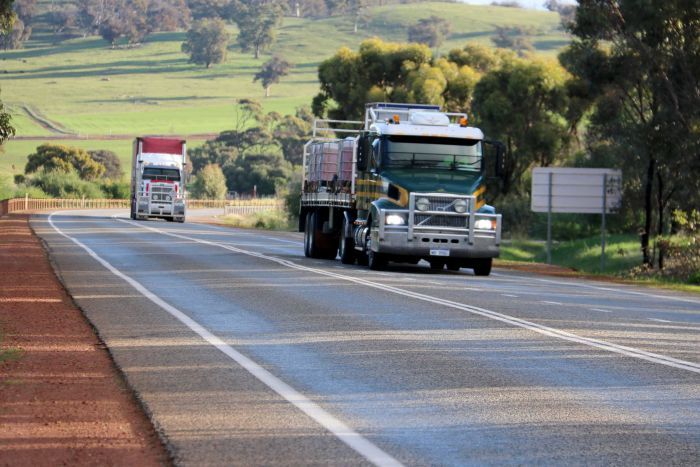
The Great Northern Highway Bindoon Bypass is a 48 kilometre of new highway between Chittering Roadhouse and Calingiri West Road.
Western Australia Transport Minister Bill Marmion has spoken about the project, stating “Corridor A achieves the best balance of cost, freight efficiency and social impacts - additionally it can be built with minimal disruption to the existing highway.”
“Main Roads identified safety and efficiency issues for road trains on the highway through the Bindoon townsite and on the steep grades of Bindoon Hill.”
Read more here
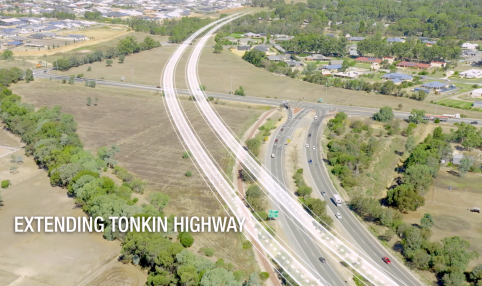
The Tonkin Highway is part of Perth’s Principal Road Freight Network, connecting major freight hubs. The project will upgrade a section of the highway from Collier Rood to Bunreath Drive. This section connects the Gateway WA, a major project that upgraded the road network around Perth Airport, and NorthLink WA, a major road project aimed to provide a second connection between the State’s north and Perth. The Tonkin Highway Gap project will align this section of road to the two new roads to create a heavy freight corridor direct to Perth’s airport.
This project is part of the Roads of Strategic Importance (ROSI) initiative by the Federal Government. The ROSI initiative with see $4.5 billion invested across the country to help connect regional businesses to local and international markets, and better connect regional communities. ROSI will also ensure our key freight roads efficiently connect agricultural and mining regions to ports, airports and other transport hubs.
The Tonkin Highway Gap project is currently in the planning stage with work expected to begin in late 2020 and be completed by the end of 2022. In November 2019 the Federal Government announced a $3.8 Billion Infrastructure Stimulus package, with West Australia receiving $868 million. The Tonkin Gap project is having $160 million in funding fast tracked to ensure the project starts construction in 2020.
Read more here
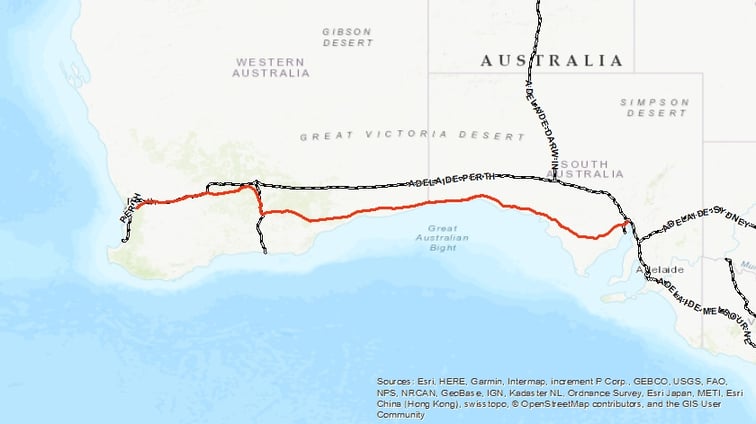
The Port Augusta to Perth Corridor links Perth to Adelaide and is a huge stretch of road spanning 2,388km long. The project will include upgrades to widen, strengthen and realign various sections along the corridor to improve the flow of vehicles and increase access for higher efficiency heavy vehicles.
This project is part of the Roads of Strategic Importance (ROSI) initiative by the Federal Government. The ROSI initiative with see $4.5 billion invested across the country to help connect regional businesses to local and international markets, and better connect regional communities. ROSI will also ensure our key freight roads efficiently connect agricultural and mining regions to ports, airports and other transport hubs.
The project has been fast-tracked to start in 2020 with planning between the three governments currently happening. $41 million of the $62.5 million will be fast-tracked through the 2019 Federal Infrastructure Stimulus Package to aid the planning and construction phases.

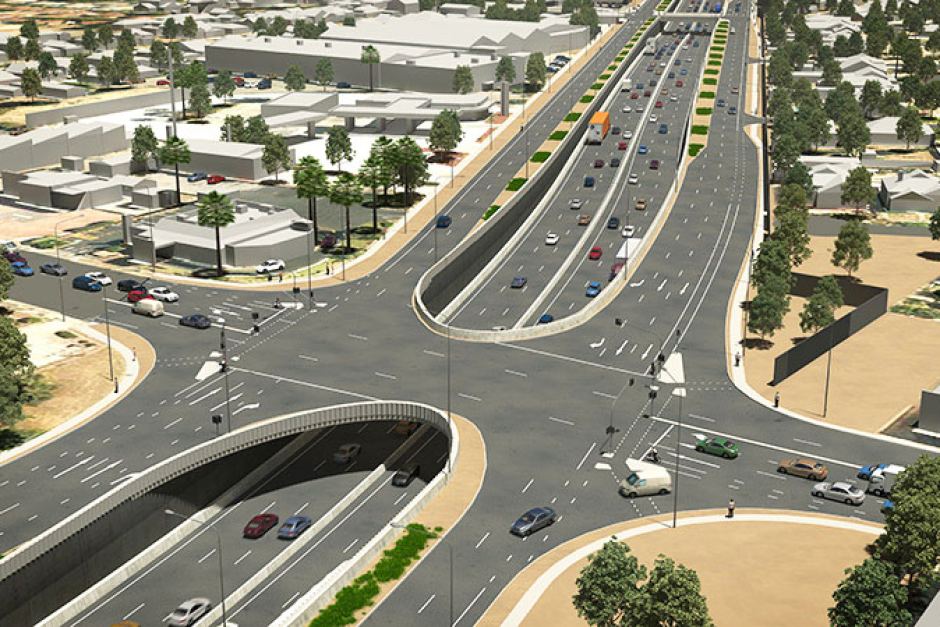
The South Australian Government and Federal Government have agreed to split the cost of the next stage of Adelaide’s North-South Corridor. Both governments will commit $177 million to deliver the next stage of the project.
The next stage of Adelaide’s North-South Corridor will upgrade the stretch of road from Regency Road to Pym Street.
The project will connect South Rd to the Torrens to Torrens project with a 1.8 kilometre, six lane, non-stop motorway. It is expected that this project will splash the commuting time along this route by up to eight minutes.
Federal Cities Minister Paul Fletcher has spoken about this significant project, stating,
“Delivery of this next stage will complete a continuous 47 km non-stop motorway between Gawler and the River Torrens.”
“This project will improve road safety, reduce travel times by up to eight minutes between Regency Rd to Pym St during peak periods ... and deliver 210 new jobs per annum for SA.”
Construction of this stage of the Adelaide North-South Corridor is expected to commence in 2019.
South Australia Infrastructure Minister Stephan Knoll also commented about the project.
“The Marshall Government will seek to work constructively with the Federal Government to deliver more funding to complete important infrastructure projects like the North-South Corridor,” he said.
“A few days after being sworn in as minister, I travelled to Canberra to begin repairing our relationship with the Federal Government that the previous Labor administration had destroyed.”
Read more here
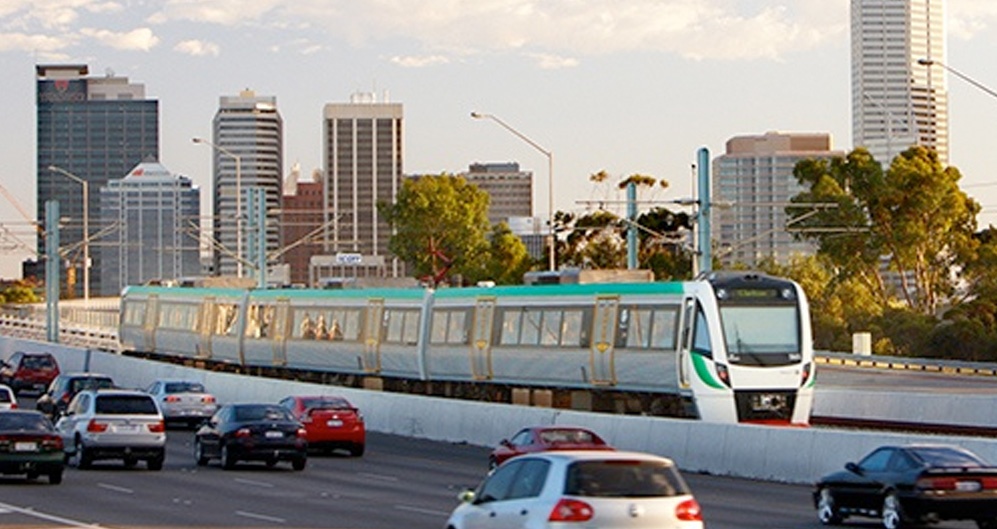
The Gawler Rail Line Electrification project began this year with the South Australian Government choosing to fund the project. However, the Federal Government chose to match South Australia’s funding in a 50-50 split in the 2018 budget, ensuring the project gets completed.
Cities Minister Paul Fletcher spoke about the Government’s decision to fund the project, which was spurred on by a change of government in South Australia.
“The Marshall Government is bringing a new, businesslike approach to planning for the state’s infrastructure needs,” he said. “The Turnbull Government’s record infrastructure investment commitments are designed to underpin that new approach.”
Read more here

The Federal Government has allocated $160 million for the duplication of the Joy Baluch Bridge. The project will be funded in an 80-20 split with the South Australian Government.
Federal Member for Grey Rowan Ramsey has spoken about the project.
“I have worked hard on a solution for the bridge advocating strongly with Ministers Joyce, Chester, Fletcher and McCormack,” he said.
“The Government and the Prime Minister have recognised the importance of this issue which needs a solution to improve safety for the community.
“Pedestrian safety on the bridge has been a longstanding concern and exacerbated since the closure of the Great Western Bridge where more pedestrians and cyclists were forced to use the Joy Baluch Bridge.”
“Emergency services can be sidelined if traffic is interrupted on the bridge and Yorkeys Crossing is subject to frequent closures when wet,”
“Trying to negotiate a solution has been a hard haul with the previous state government so it is refreshing now to have a new Marshall government keen to work with the federal government to find long-term answers to the tough issues.”
“The duplication of the bridge has always been the best long-term, permanent solution and I am very pleased this has now been announced.”
Read more here
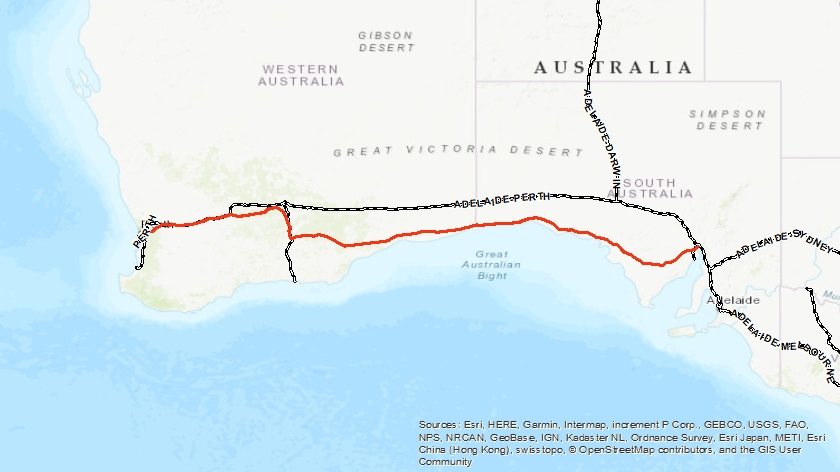
The $125 million Port Augusta to Perth Corridor will be approximately 2,388km long and is comprised of the Eyre Highway, Great Eastern Highway and Coolgardie-Esperance Highway. The project is being undertaken to widen, strengthen and realign various sections along the corridor to enable safer travel for freight and passenger vehicles between Perth and South Australia. Funding is expected to flow immediately and over the next two financial years to enable the commencement of works after previously being allocated after 2021-22.
This project is part of the Roads of Strategic Importance (ROSI) initiative by the Federal Government. The ROSI initiative with see $4.5 billion invested across the country to help connect regional businesses to local and international markets, and better connect regional communities. ROSI will also ensure our key freight roads efficiently connect agricultural and mining regions to ports, airports and other transport hubs.
The project has been fast-tracked to start in 2020 with planning between the three governments currently happening. $87 million of the $125 million will be fast-tracked through the 2019 Federal Infrastructure Stimulus Package to aid the planning and construction phases.

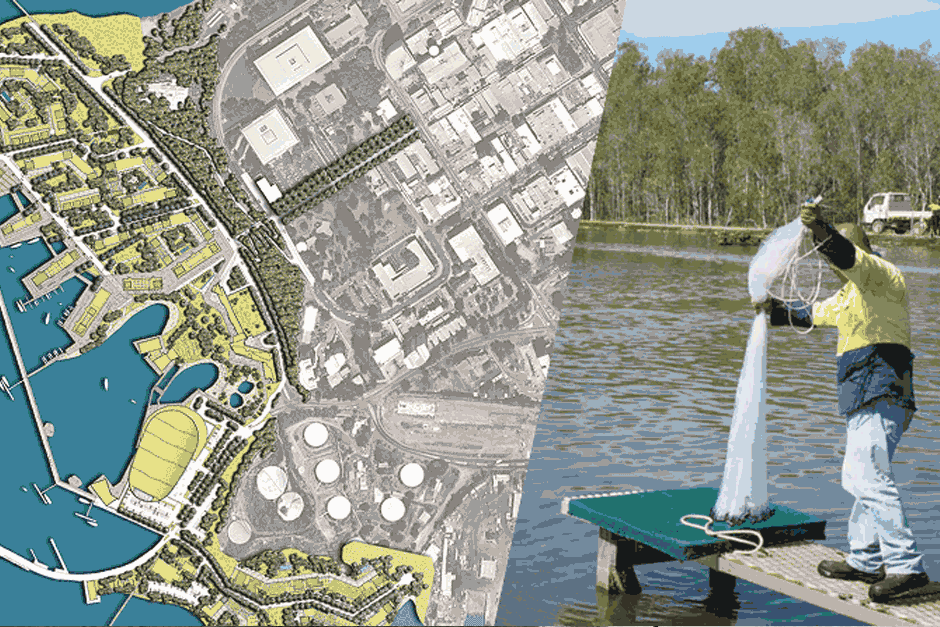
The mega $1.45 billion Project Sea Dragon focuses on the development of advanced prawn aquaculture production facilities at Legune Station, approximately 130km northeast of Kununurra, WA.
Project Sea Dragon is anticipated to support up to 1500 jobs and bolster the Territory's growing aquaculture industry, with major infrastructure works due to begin in 2019.
According to the Northern Land Council, the first stage of Project Sea Dragon will include a new power station, a water treatment plant, three new farms with 120 ponds over 1120 hectares, a seawater channel and pump at Forsyth Creek, a freshwater channel running from a station dam, a main discharge channel for Alligator Creek, along with general accommodation buildings, offices and workshops.
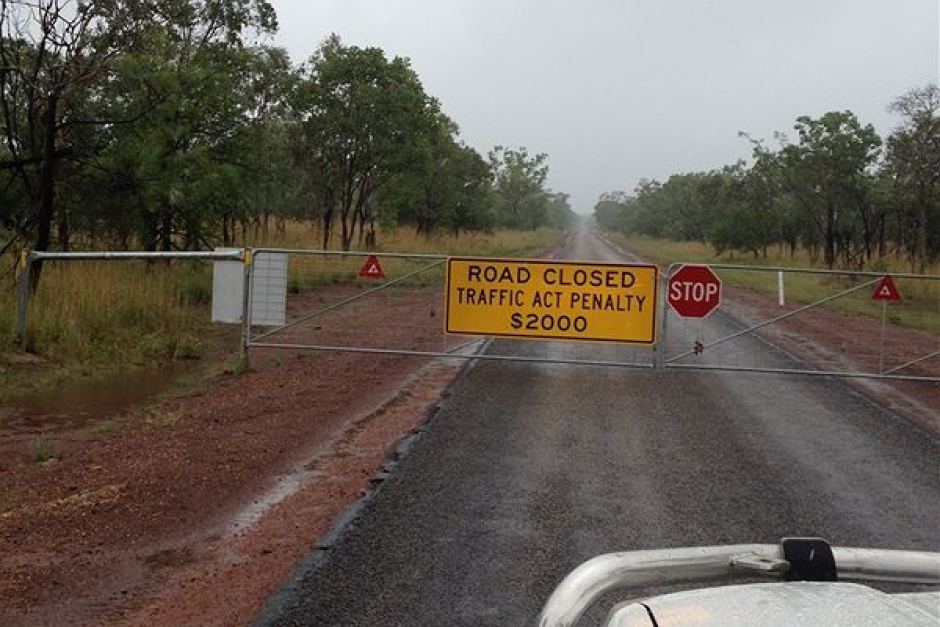
The Central Arnhem Road Upgrade is a 710 kilometre road connecting Katherine via the Stuart Highway to Nhulunbuy.
Currently, the majority of the Central Arnhem Road is unsealed. As a result of this, most of the Indigenous communities which are serviced by the Central Arnhem Road are cut off during the wet season. Furthermore, several equity issues arise because of the state of the Central Arnhem Road given Arnhem Land is home to the single largest population of Indigenous people in Australia and Nhulunbuy remains the only large regional centre in the Northern Territory not connected to the National Network via a sealed road.
However, the majority of this funding will not be made available for several years, meaning any major construction will not begin anytime soon.

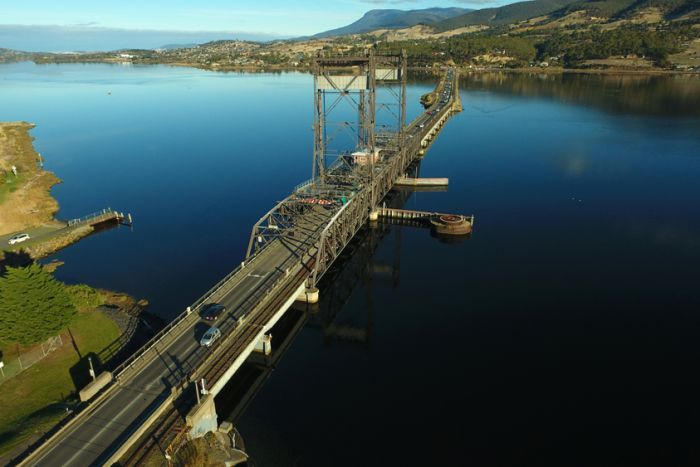
In the 2018 Budget, the Federal Government committed $461 million to the Bridgewater Bridge Replacement in an 80-20 split with the Tasmanian State Government. This funding is part of a $920 million infrastructure package for the state.
Paul Fletcher, the Minister for Urban Infrastructure and Cities, spoke about the importance of the Bridgewater Bridge Replacement.
"Obviously it's an absolutely vital connection just to the north of Hobart and critical if you're travelling on the Midland Highway between Hobart and Launceston," he said.
"An upgrade of the Bridgewater Bridge has been talked about for a long time, the Turnbull Government is now committing funding for that."
Rail will still run over the original bridge while the new bridge will solely cater for the 18,500 cars that travel over the bridge daily. Tasmanian Liberal Senator spoke about this decision.
"This is the most effective and efficient way for us to get the replacement done," he said.
"Largely rail doesn't operate into the city anymore."
It is expected that this project will create 200 construction jobs.